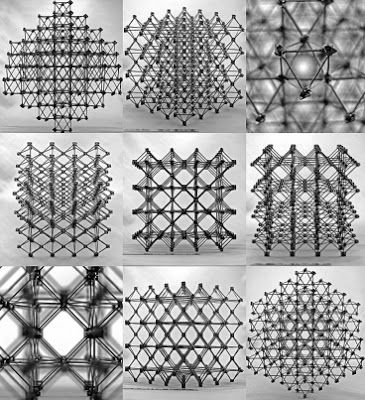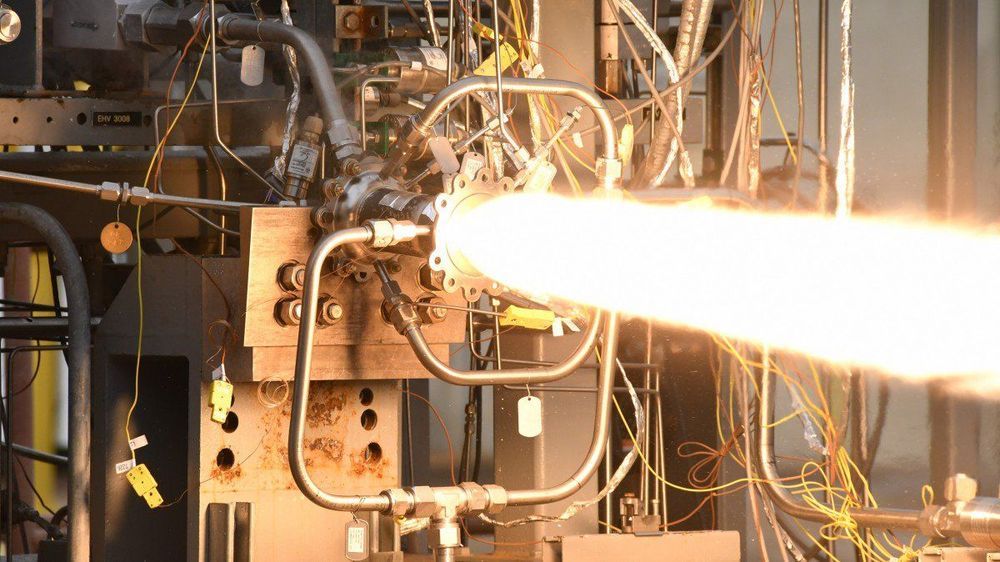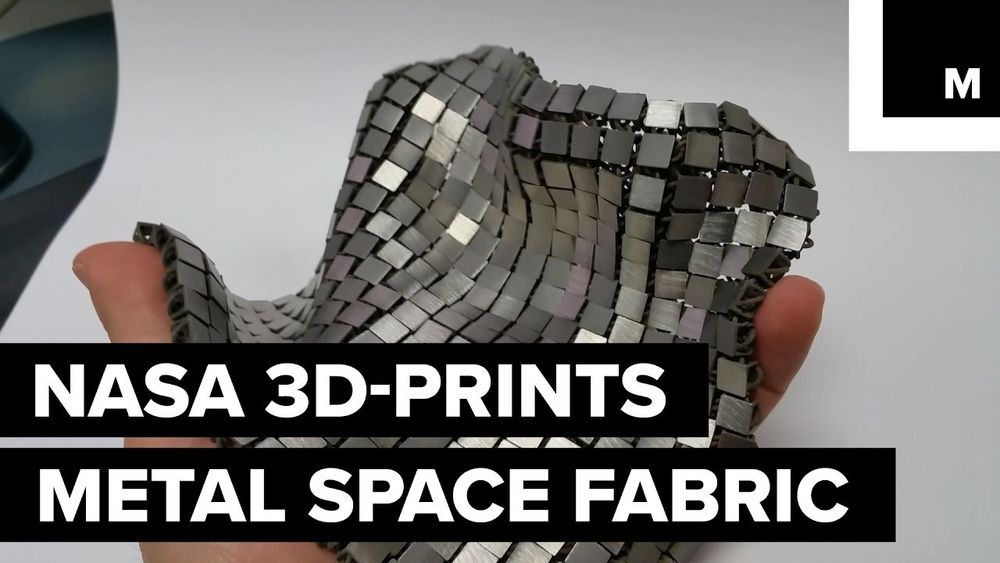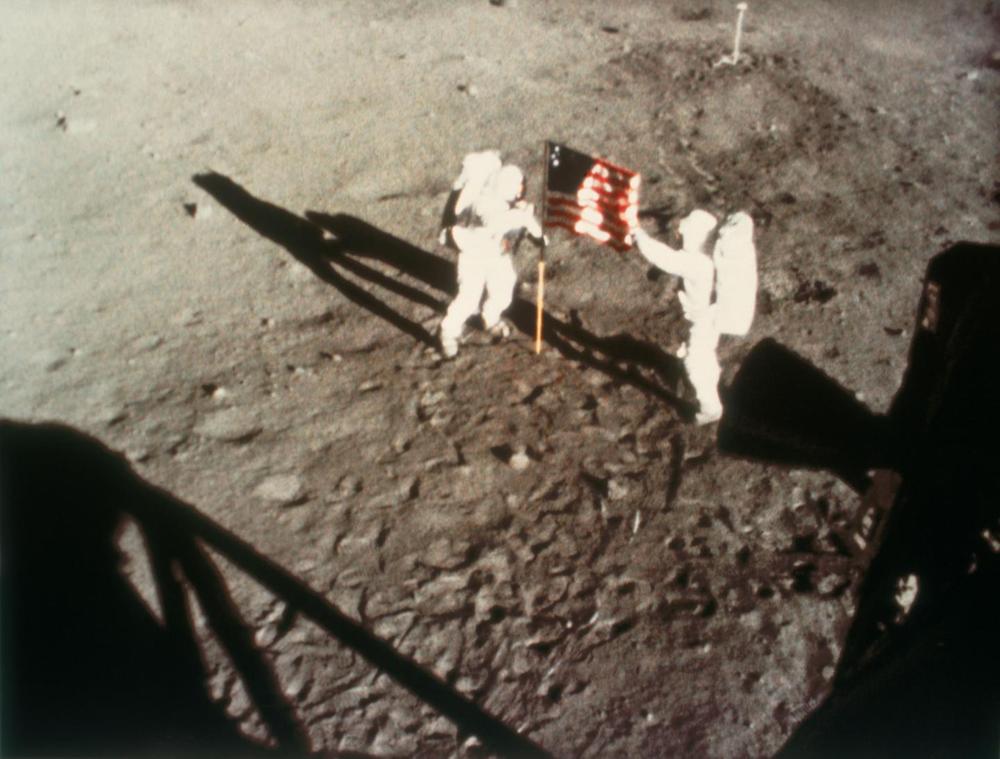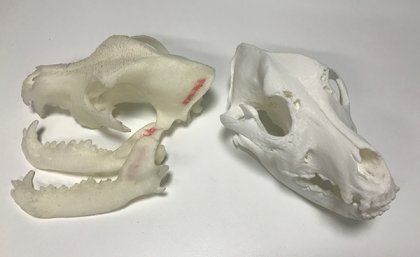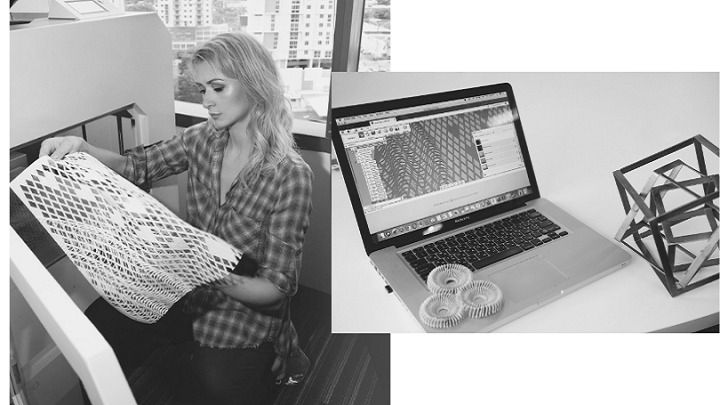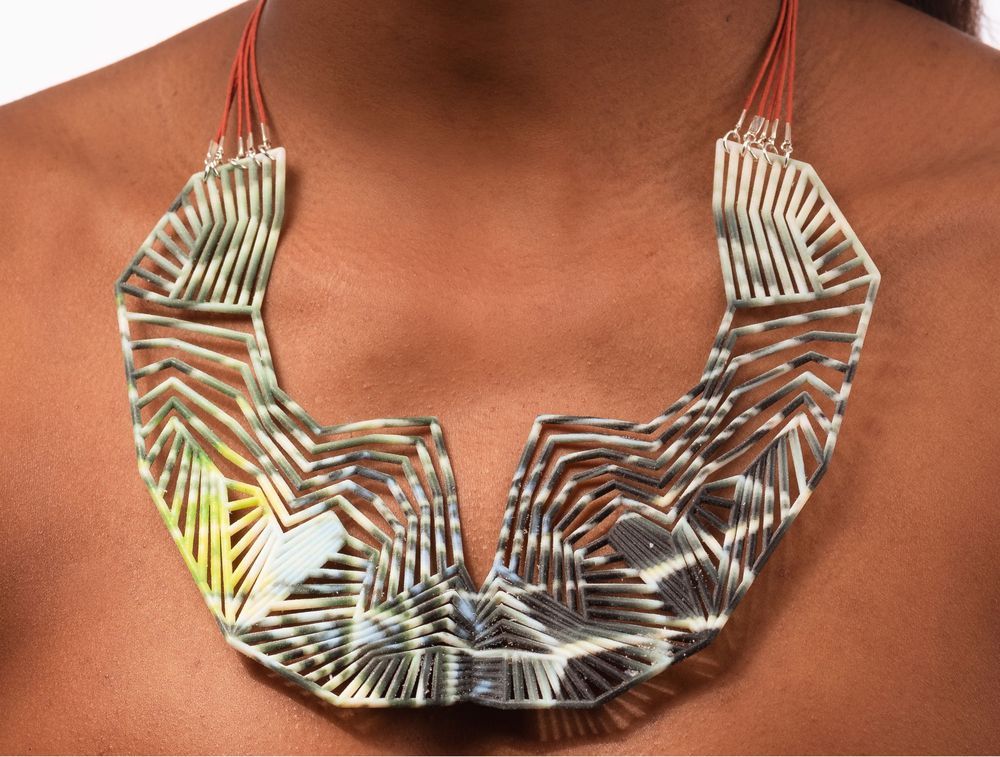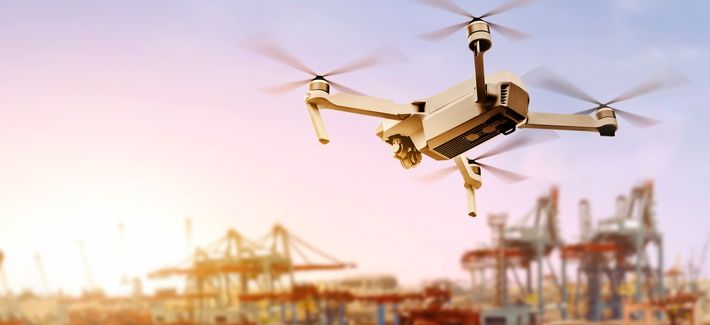
With the rise of enhanced being the world will change at a fast pace similar games such as black ops 3 are a proper representation of possible outcomes in warfare. Like for instance sentient warfighting robot beings or cybernetically enhanced humans. The extremes of these also are seen in wetware which can essentially not have many limits so increased strength intelligence really anything you can imagine. Really sci-fi games such as halo are not far off at the possibilities of warfare. Really we are only limited by our imagination.
The author of “Ghost Fleet” has some guesses — and some questions that U.S. defenders will have to answer.
Robots, artificial intelligence, cyberwar, 3D printing, bio-enhancements, and a new geopolitical competition; the 21st century is being shaped by a range of momentous, and scary, new trends and technologies. We should also expect them to shape the worlds of insurgency and terrorism.
With so much change, it is too early to know all that will shake out from these new technologies in the years leading toward 2030 and beyond. But we can identify a few key trends of what will matter for war and beyond, and resulting questions that future counter-insurgents will likely have to wrestle with. Below are three, pulled from a recent New America report on what the tech and wars of 2030 might portend.
